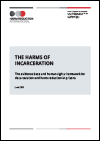Publications on Prisoners
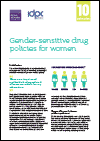
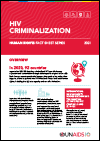
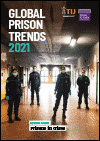

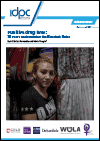
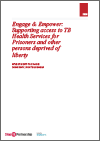
This package forms part of a broader series of interventions to find and treat all people with TB, particularly those who currently face barriers to accessing TB services or completing TB treatment, and to support an enabling environment for overcoming the various legal, social and economic barriers that people affected by TB encounter.
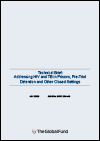
This technical brief describes how HIV and TB interventions for people in prison and other closed settings can be incorporated into funding requests to the Global Fund. The Global Fund supports evidence-and rights-based interventions aimed at ensuring access to HIV and TB prevention, treatment, care, and support for key populations, including people in prison.
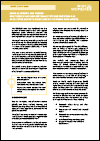
The Covid-19 crisis has highlighted the dire situation of overcrowded prisons and triggered discussions about alternative sanctions that effectively reduces crime rates and recidivism while ensuring health and safety of the prison population. Women, particularly in Asia, are incarcerated at an increasing rate and for non-violent offenses. This brief explores the use of early release and alternative sentencing to effectively curb populations, thereby reducing the threat of Covid-19 due to overcrowding.






